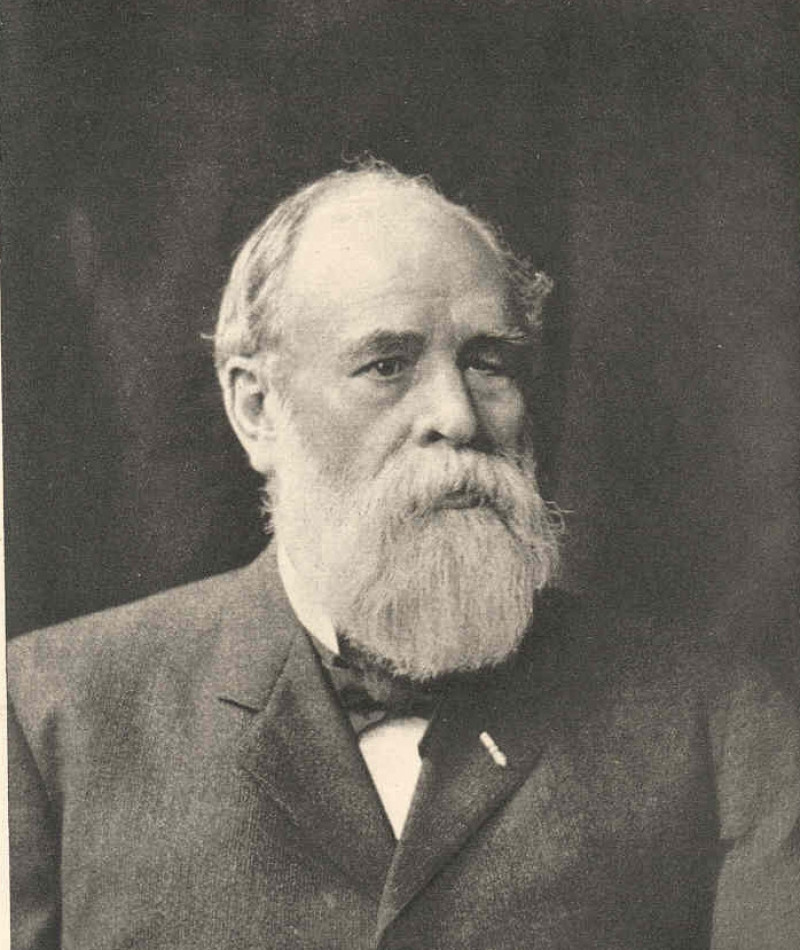Soon after the fall of Fort Sumter on April 13, 1861 Henry James, editor of the Ogdensburg Journal, stood on top of a dry goods box on the corner of Ford and Isabella Streets and read the news to local residents. James encouraged men to volunteer for six months and told the audience that he would travel to DePeyster to ask the people to form a company. The North Country responded to the call. Eventually eight regiments were raised with Newton Martin Curtis chosen as captain of G company of the 16th Regiment. Later he became Lieutenant Colonel of the 142nd Regiment. He was brevetted Brigadier General of the 142nd on October 28, 1864.
The North Country was home to Medal of Honor recipient Major General Newton Martin Curtis. Son of Jonathan and Pheba Risin Curtis, N.M. Curtis was born in DePeyster in 1835, he was raised on a farm and attended local schools. He began the study of law until illness forced him to quit and later became a teacher at the Gouverneur Wesleyan Seminary. When the Civil War broke out in 1861 he began to recruit volunteers for the 16th New York State Volunteer Regiment and on May 7, 1861 he was commissioned as a captain. Curtis was popular with his troops and advanced through the ranks quickly becoming a Brevet Brigadier General in 1864. He participated in a number of major battles, including Antietam.
At 6 foot 6 in. Curtis was described as “thin as a shingle, straight as an arrow and, that, if his head were chalked, he would make a good billiard cue.” The tall officer met his match at Fort Fisher , which was known as the “Gibraltar of the Confederacy.” After Union forces sealed off Mobile, Alabama in August of 1864 Fort Fisher located at Wilmington, North Carolina, was the last remaining open port in the South. Fourteen hundred Confederate soldiers were garrisoned there under the command of Colonel William Lamb, who in civilian life was an editor and lawyer. The fort was protected by fifty artillery pieces and an intricate series of ditches, palisades, and landmines.
A failed Union attack in December 1864 was a disaster. Confederate defenders were tipped off after a naval bombardment ahead of the main attack. A federal ship packed with explosives exploded at sea with no effect on the fort.
Union forces attacked again in January of 1865 with Maj. Gen. Alfred Terry and Rear Adm. David Porter in command. Federal ships fired continuously on the fort making it impossible for Confederate forces to repair damages. Federal marines and sailors attacked, but Confederate soldiers refused to surrender.
Curtis transferred to the 142nd as a lieutenant colonel in 1862. The 142nd participated in the Siege of Petersburg, during which Curtis was promoted to brigadier general. His brigade took part in the first attack on Fort Fisher, but Union troops were defeated. During the second attack Curtis grabbed shovels and demanded “Dig Johnnies! I’m coming for you.” He was wounded four times, which included a wound that resulted in him being blinded in the left eye. Later he was brevetted Major General of the 142nd NYS Volunteers.
Confederate Col. Lamb was wounded and the fort fell. The city of Wilmington was under Union control one month later.
After the war Curtis was appointed collector of customs in Oswegatchie, then special agent for the treasury department (1867-1880). He was elected to the New York State Assembly 1884-1890, then served in the U.S. Congress from 1891-1897. He wrote a book detailing his experiences during the Civil War entitled From Bull Run to Chancellorsville in 1906. He died in New York City in 1910 and is buried in the Ogdensburg Cemetery.
For more information click here



Comments
Post a Comment